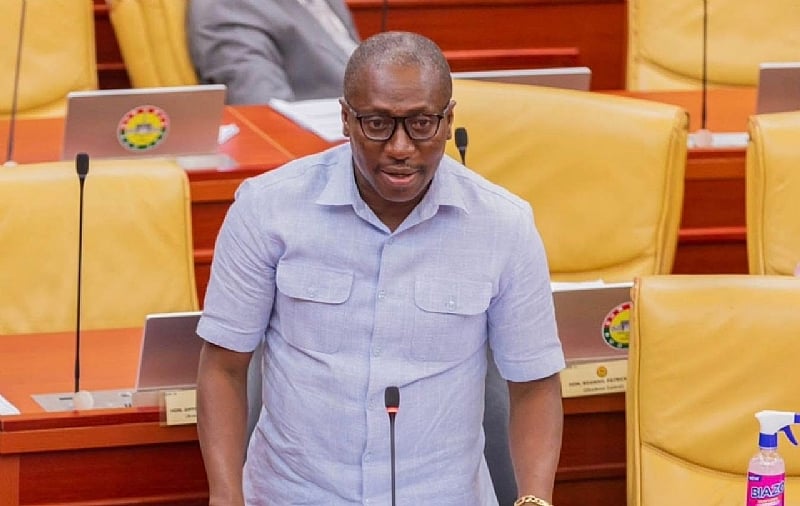The incident involving Alexander Afenyo-Markin, the Minority Leader in Parliament, and Constable Forson, a police officer, during the #SaveTheJudiciaryDemo on May 5th, has sparked controversy and conflicting accounts. Afenyo-Markin alleges he was assaulted by Constable Forson without provocation, while the police claim videos suggest the MP assaulted the officer. This clash of narratives underscores the complexities of the situation and the need for a thorough investigation to determine the true sequence of events.
The demonstration, organized by the New Patriotic Party (NPP) and its allies, aimed to protest the suspension of the Chief Justice and advocate for a halt to her removal process. Afenyo-Markin, in his statement, described approaching a barricade near Parliament House when Constable Forson allegedly struck him in the chest with considerable force. He claims the blow left him dazed, shaken, and short of breath. He further asserts that attempts to question the officer were met with indifference until other police personnel intervened. This depiction portrays Afenyo-Markin as the victim of an unprovoked attack by a police officer, raising concerns about the use of excessive force during a peaceful demonstration.
Following the incident, Afenyo-Markin formally petitioned the Inspector General of Police (IGP), Dr. George Akuffo Dampare, requesting a thorough investigation and disciplinary action against Constable Forson. He maintains that the officer’s actions constituted an assault and called for accountability. The petition highlights Afenyo-Markin’s commitment to seeking justice and underscores the importance of holding law enforcement officers accountable for their conduct, especially during public demonstrations where tensions can run high.
Conversely, the police account challenges Afenyo-Markin’s narrative. They have requested the Speaker of Parliament to release the Minority Leader for questioning, citing video evidence that allegedly shows Afenyo-Markin assaulting Constable Forson. This counter-narrative complicates the situation significantly and necessitates a careful examination of all available evidence, including video footage, eyewitness accounts, and the statements of both parties involved. The police claim introduces the possibility that the MP was not the victim but rather the aggressor in the altercation, raising questions about the accuracy and objectivity of Afenyo-Markin’s initial account.
The conflicting accounts highlight the need for an impartial and comprehensive investigation by the IGP. A thorough investigation should involve reviewing all available video footage from multiple angles, interviewing witnesses present at the scene, and obtaining statements from both Afenyo-Markin and Constable Forson. The investigation must be conducted transparently to ensure public trust in the outcome. The findings will be crucial in determining whether the officer used excessive force, whether the MP assaulted the officer, or whether there was a misunderstanding or misinterpretation of events.
The outcome of this investigation will have significant implications, not only for the individuals involved but also for the broader context of police-civilian relations during public demonstrations. It underscores the importance of clear protocols for law enforcement officers during protests, emphasizing the need for restraint and proportional responses. Furthermore, it highlights the vulnerability of even high-profile individuals like members of parliament to potential misconduct by law enforcement. This incident serves as a reminder of the need for continuous oversight and accountability within police forces to ensure the protection of citizens’ rights and the maintenance of public order during demonstrations. The investigation’s findings will be critical in shaping public perception and ensuring that appropriate action is taken based on the established facts of the case.


